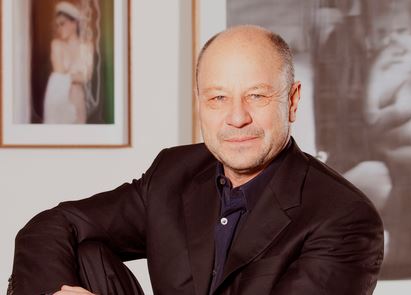Collecting: practice makes perfect

Portrait Thomas Olbricht © me Collectors Room Berlin, Photo Jana Ebert
When it comes to collecting art, there is no substitute for experience. That is the view of collector Thomas Olbricht. Born in 1948, the doctor of medicine and endocrinologist has put together one of the most extensive private collections in Europe. The collection encompasses works from the early 16th century all the way to the most recent contemporary art, and is on permanent display at the Me Collectors Room, a platform for international private art collections to present themselves in Berlin.
“You need at least 20 years to develop an intuition that is capable of winnowing out the seed from the chaff,” says Olbricht. “Every time it is a new complex process of subjective and objective criteria but today I feel very quick if a work attracts and convinces me or not.”
The works in his collection include pieces by great names such as Thomas Schütte, Eric Fischl, Franz Gertsch, Cindy Sherman, Marlene Dumas and Gerhard Richter, but there are also new discoveries, such as Wolfe von Lenkiewicz, Simmons & Burke, Grayson Perry, Julie Heffernan, Elmgreen & Dragset and Kate MccGwire. There is no doubting Olbricht’s ability to spot something special; but one factor he never considers when buying work is investment value.
“The idea of investment doesn’t match with my idea of collecting,” he says. “The kind of collectors who buy art by make an investment will ultimately fail because they decide with their ears and not with their eyes. At least they can acquire the right artists but not the essential works.
“But yes, it is no secret that if you buy art in a very passionate way, you must have a well-stuffed wallet. I’m a dynamic collector because contemporary art is always changing, so I must decide which artists at the moment might be good for me. But a certain dose of economical thinking is advisable.”
Much has been made of the power of collectors such as Charles Saatchi to shape the art market, but Olbricht contends that it takes more than one collector to bring about a significant effect on the market.
“Of course as a player at the art market I observe and participate at the economic situation but my primary intention is not to catalyse economic changes. The art market is a global place and it went more and more to the Asian countries and generates new generations of powerful collectors. I as a single man can’t shape the market,” he says.